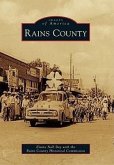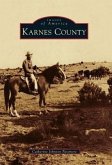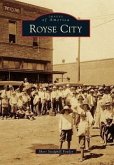About an hour's drive northwest of Austin, Lampasas County is located in the center of the state of Texas, on the northern edge of the Hill Country. Native Americans were the first to discover the area, and they told settlers about the natural sulfur springs there. In the 1850s, Moses Hughes and his ailing wife, Hannah, traveled to the region to drink and bathe in the medicinal waters of the springs. The sulfur cured Hannah, and word traveled quickly. In 1856, Lampasas County was created. The Santa Fe Railroad completed its line from Galveston to the county seat in 1882, and with hotels and bathhouses booming, Lampasas became known as the "Saratoga of the South." In towns such as Lometa and Kempner, ranchers raised goats and sheep for mohair and wool and cattle for beef. Though fires and floods struck the county on several occasions, Lampasas soldiered on and continues to thrive today.








